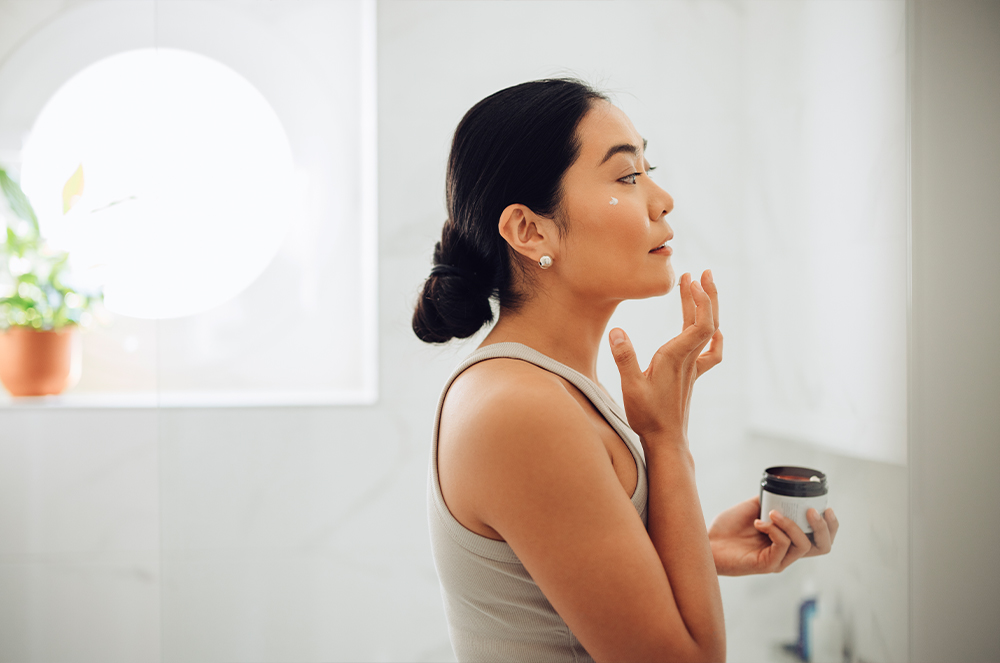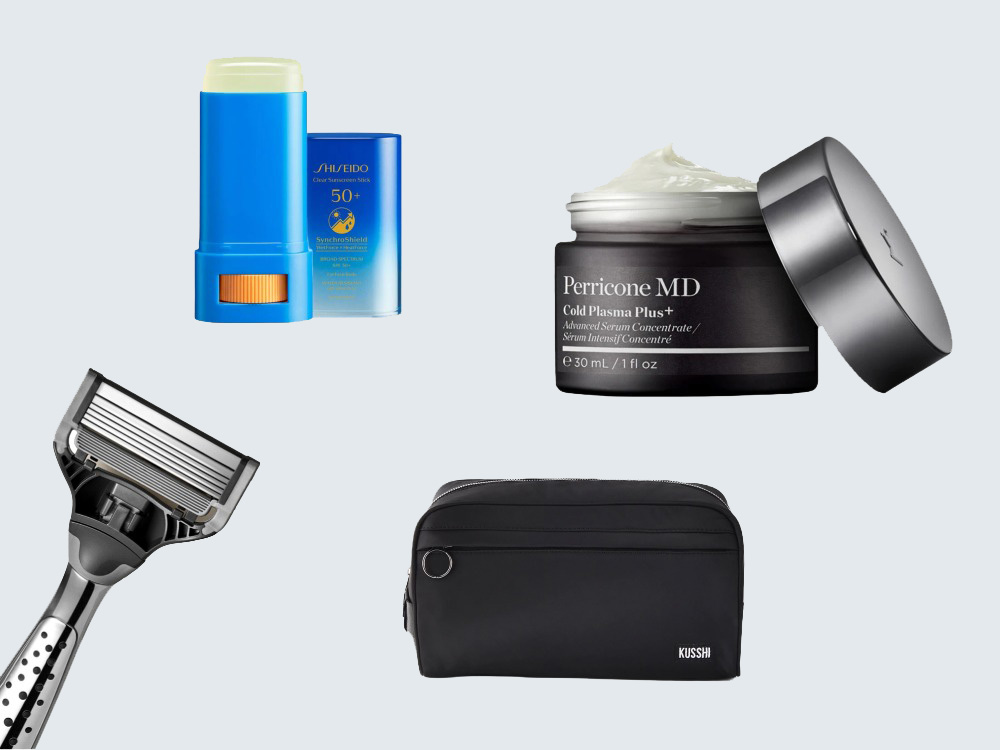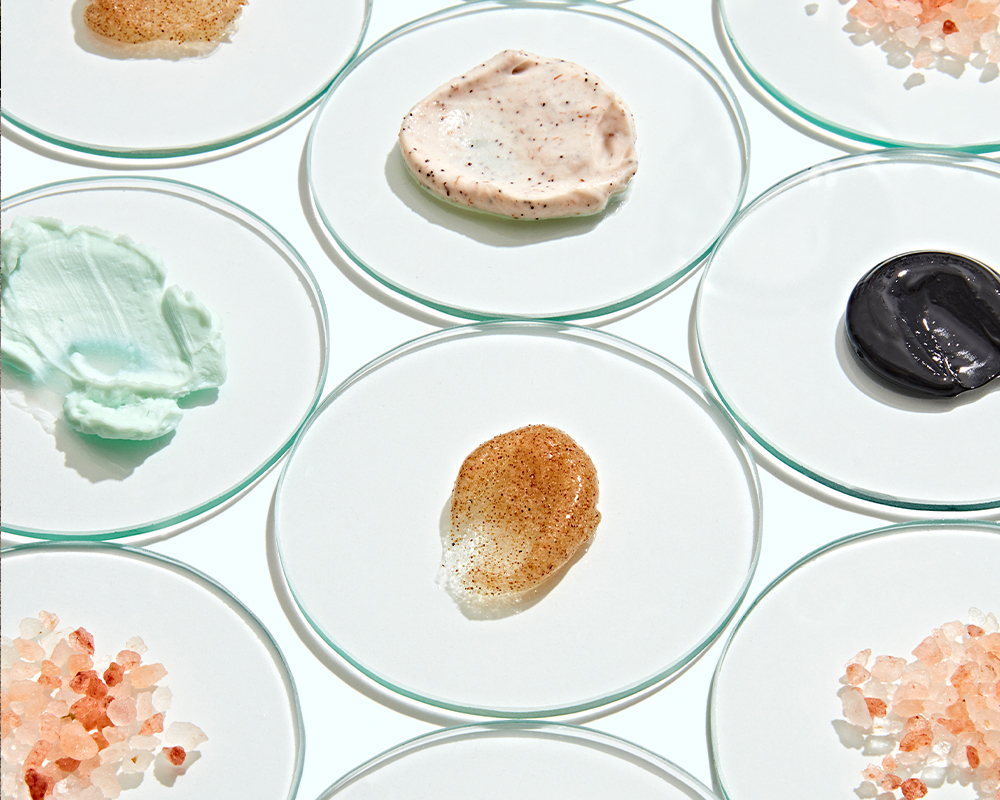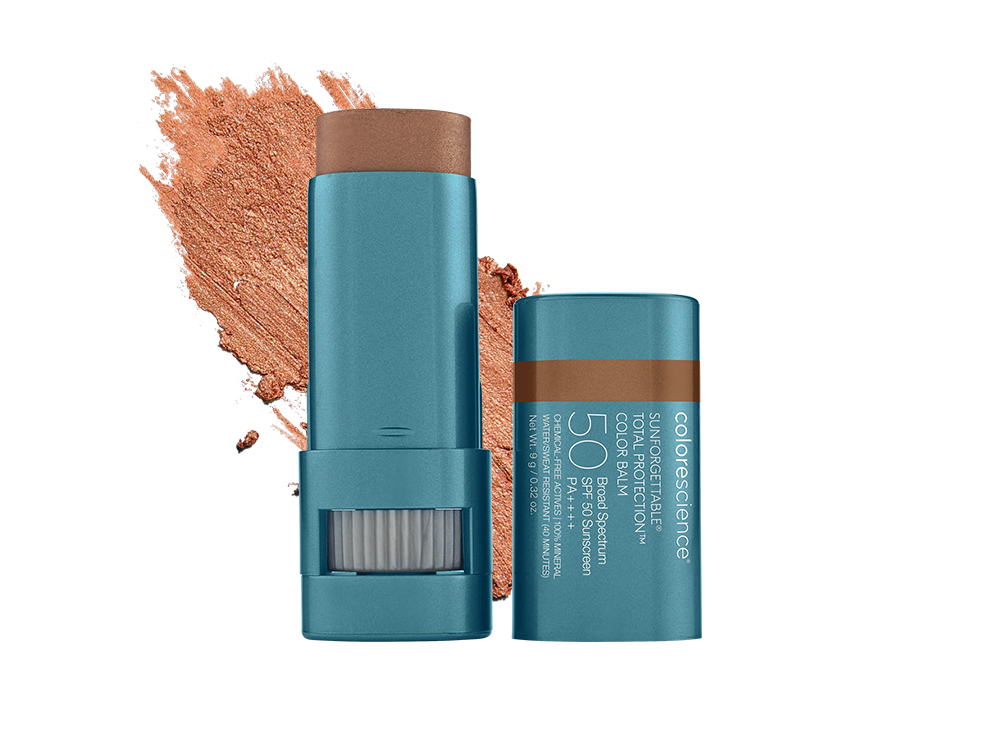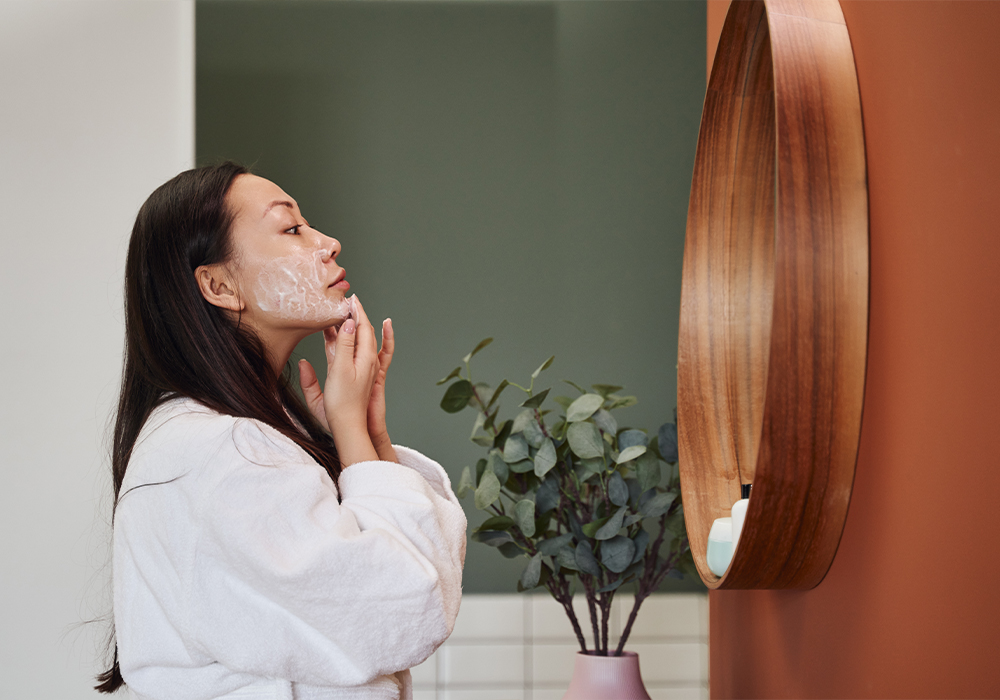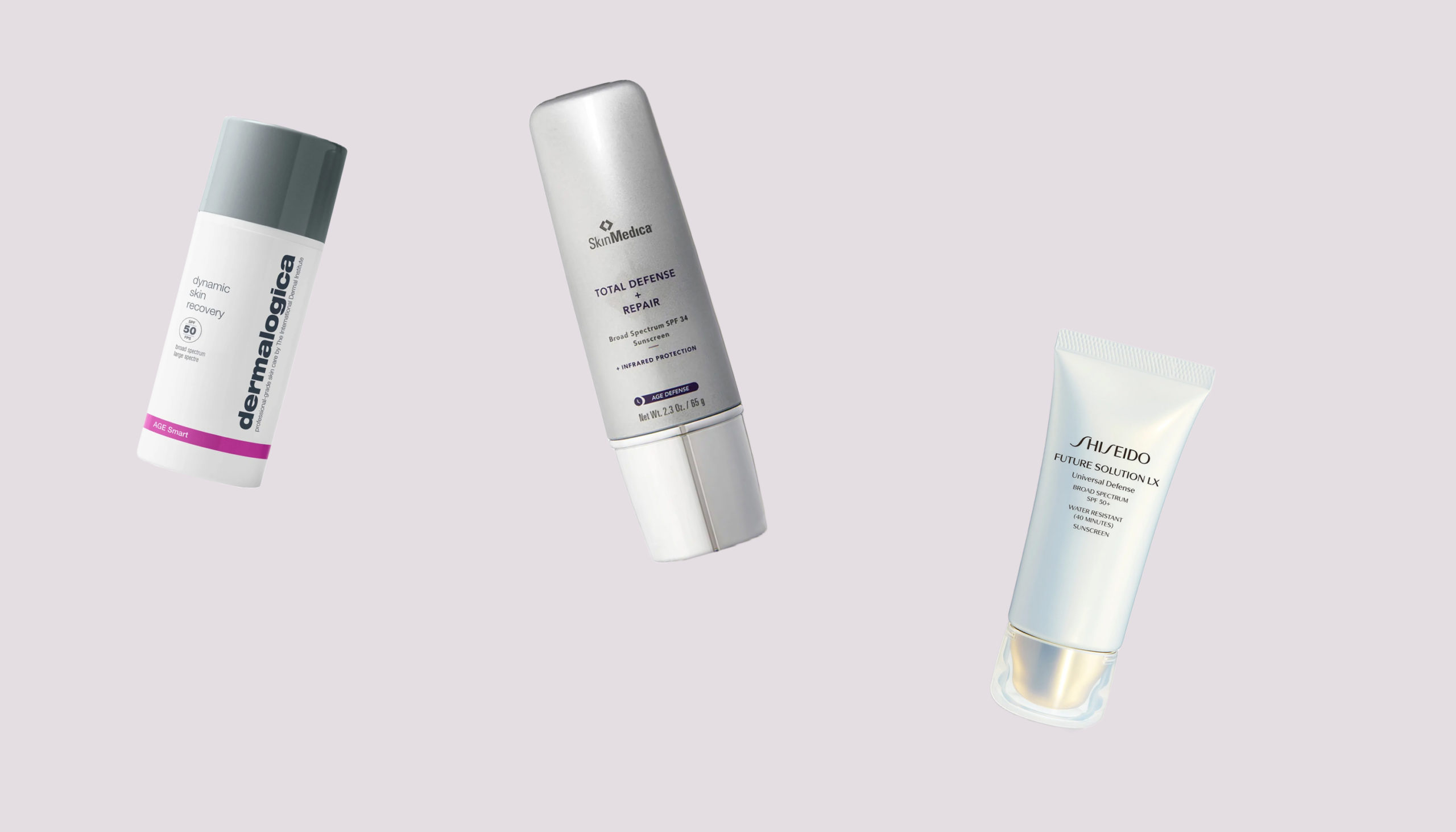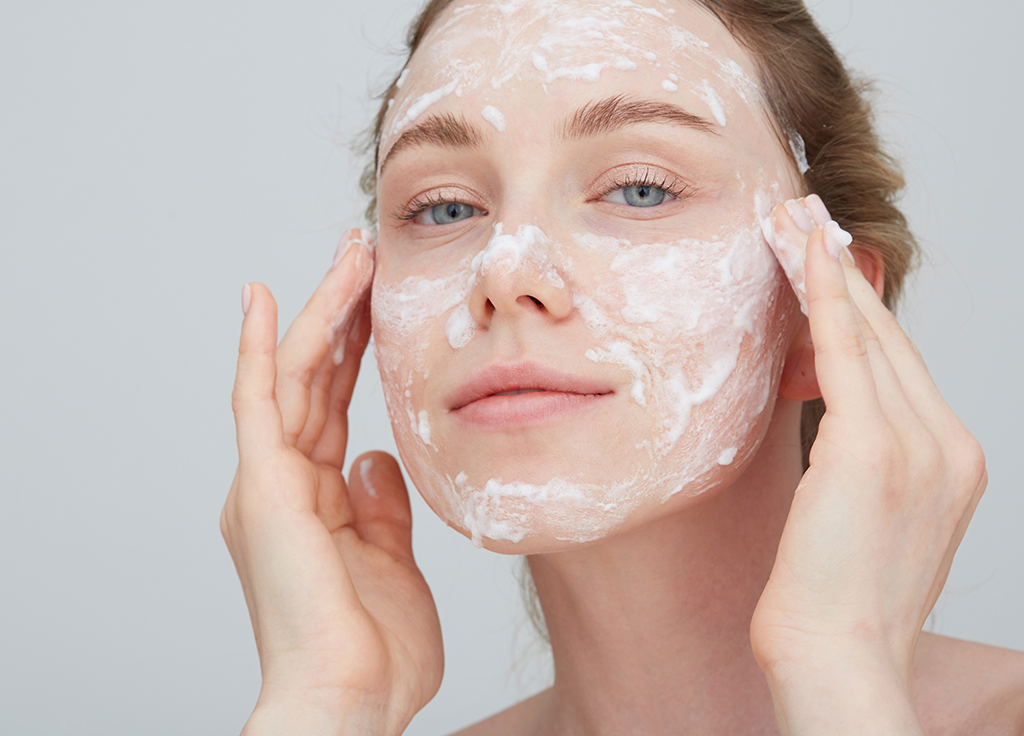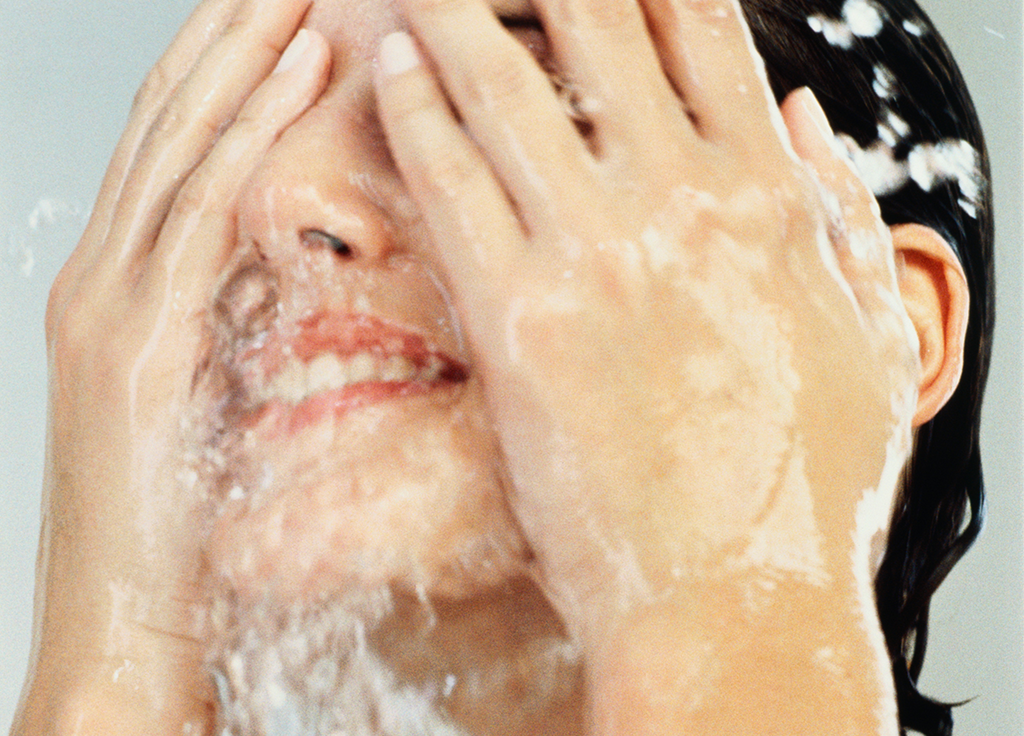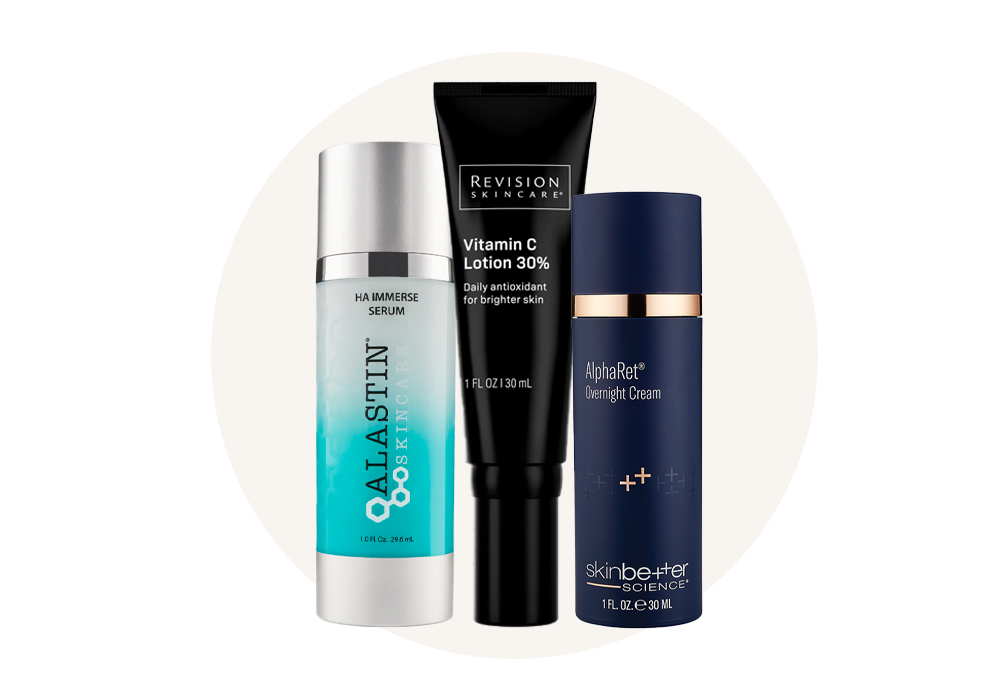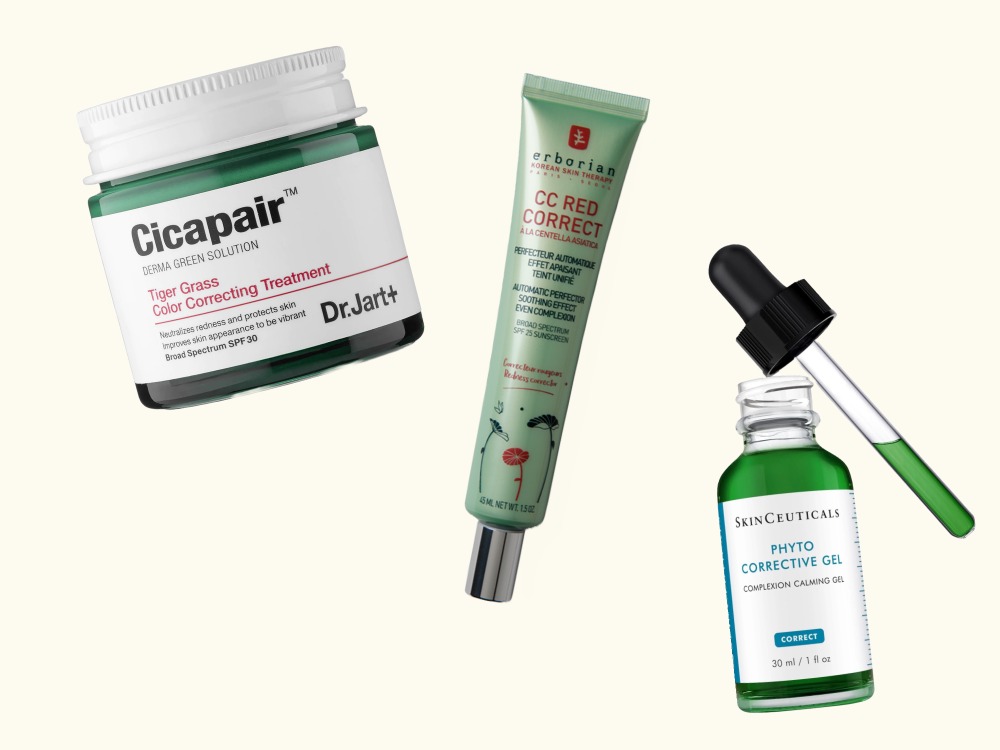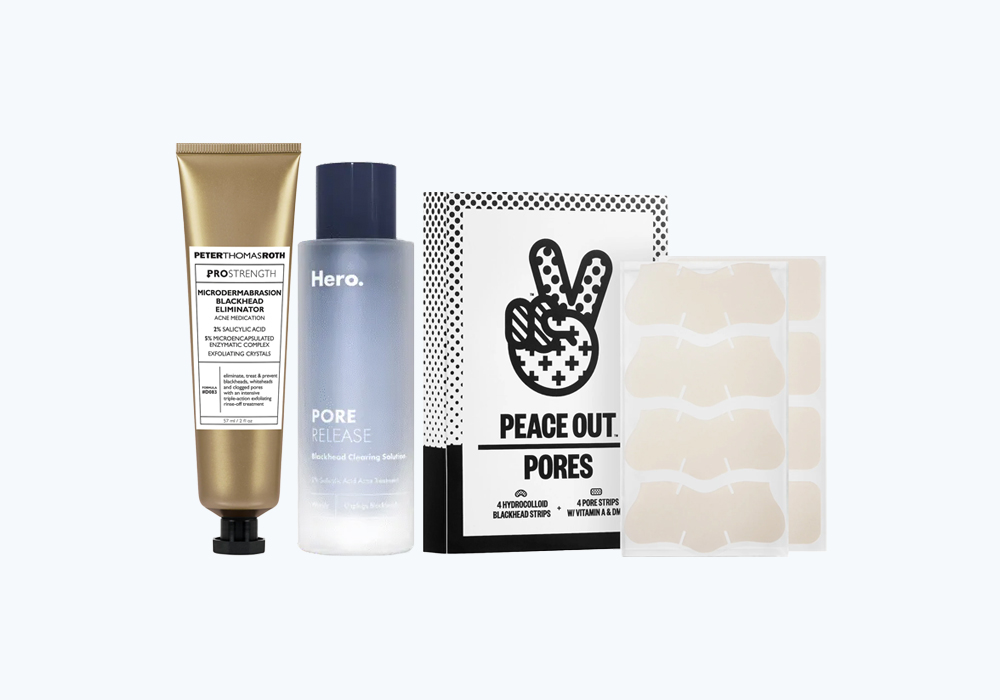Today’s beauty consumers are savvier than ever when it comes to supercharged skin-care products, effective skin-care routines, and transformative active ingredients. The crème de la crème of products fills their bathroom vanities, yet, not everyone uses the heavy hitters of skin care correctly. Although dermatologists love the benefits of exfoliating acids (glycolic, lactic, and salicylic acids) and retinol, overusing them does more harm than good. Taking a break from certain ones every few nights can make all the difference between good and great skin.
If you’re a fan of retinol and exfoliating acids, here’s the low-down on skin cycling, a more effective way to use these ingredients while limiting unwanted side effects.
What is Skin Cycling?
New York dermatologist Whitney Bowe, MD, calls skin cycling a strategic way to take your nighttime skin-care routine to the next level by optimizing the benefits of powerful actives while minimizing irritations and sensitivities. The idea behind the #skincycling movement follows a similar concept to allowing the muscles to recover post-workout. Giving the skin a two-day rest from retinol and exfoliating acids reduces skin irritation and inflammation. However, depriving the skin of some reprieve can cause free-radical damage, oxidative stress, accelerated aging, acne, and hyperpigmentation.
While it may seem like a good idea to overload the skin with heavy-duty actives for better, faster results, that’s not the case. “Rotating certain nighttime products can help reduce irritation and improve results,” says Rochester, NY dermatologist Lesley Loss, MD. “The redness, peeling, and irritation that sometimes happens with retinol is not the intended goal. But over time, your skin’s texture and tone will improve,” she adds. Dr. Loss also starts patients off with a lower percentage, which increases if they can tolerate it. “But the trade-off is skin irritation, so ‘cycling’ may come into play,” she says.
So how do you know if it is time to take a break from nightly use of retinol or acids? If your results have plateaued or your skin is red, inflamed, peeling, irritated, burns, or feels tight, cut down on the frequency.
How It Works
The skin can tolerate the daily use of nourishing moisturizers and serums, but it’s a different story with potent actives. “When you increase the usage of acids and retinoids, you can damage the skin barrier,” Dr. Bowe explains. Giving the skin a break from nightly use of these ingredients allows the skin barrier to repair itself, inflammation to subside, and the skin to readjust to normal. Likewise, rotating ‘usage’ days enables the skin to make the most of these ingredients.
Retinol and exfoliating acids are the most commonly cycled ingredients, but other ingredients fit the bill. Greenwich, CT dermatologist Lynne Haven, MD adds that acne ingredients, like salicylic acid and benzoyl peroxide, are often used on alternating nights. “Patients with sensitive skin may need to start gradually with vitamin C.”
A Skin-Cycling Schedule
If you want to reap the benefits of supercharged active ingredients without dryness and irritation, try adopting a skin-cycling schedule like this one.
Night 1: Exfoliate. Prep (freshly washed) skin by exfoliating with a chemical exfoliator, which allows the skin to make the most of the retinol.
Night 2: Apply retinol or a retinoid. Dr. Bowe calls retinoids one of the most powerful ingredients in a cycling routine. “But if you use them too frequently or layer them with other irritating ingredients, you can end up with inflammation.”
Nights 3 and 4: Recovery. On these nights, skip retinol and reach for products containing nourishing and skin barrier-rebuilding ingredients, like squalene, shea, ceramides, and probiotics.
On night 5, start all over again with night one.
What to Expect
Decreasing your application of retinol and acids gives the skin the sigh of relief it may need. “The skin often looks more hydrated and less red and irritated,” Dr. Loss adds. And unlike other skin-care practices, skin cycling doesn’t take months to see a difference. “In two cycles, your skin will start to have a healthy glow and overall radiance. Any redness, blotchiness, stinging, or burning should improve,” Dr. Bowe shares. “After two months, fine lines and wrinkles will be less noticeable, and the skin should be firmer, brighter, and more even in tone.”
